In the matter of Gittens v Field (Trustee) [2018] FCA 976, the Federal Court of Australia has held that income protection payments from personal injury are assessable income under the Bankruptcy Act.
Having owned and operated a dental practice for almost 25 years, John Gittens had retained two income protection policies which sought to protect his livelihood in the event that he suffered total disablement that rendered him unfit to work.
In 2015, Gittens was preparing a barbeque when he cleavered the top of his left index finger, resulting in amputation and thus hindering his ability to continue work as a dentist. Gittens subsequently lodged a claim pursuant to the policies, and it was accepted that he was entitled to receive income protection payments of $270 000 per year.
On the 25 January 2017, after leaving his dentistry business, Gittens entered bankruptcy. On the same day, Malcolm Field, in his capacity as the trustee of the bankrupt estate, issued Gittens with a contribution assessment notice pursuant to s 139W of the Bankruptcy Act. The notice outlined the contribution Gittens was liable to pay, calculated with regard to the income protection payments he had received, or was likely to receive. Relevantly, Field held that these payments were ‘income’, and as such were to be considered when applying the regime established by the Act.
However Gittens disputed the assessment and subsequently initiated proceedings. In doing so, he contended that the trustee had no entitlement to the benefits as they were property that was not divisible between his creditors by virtue of s 116(2)(g).
Accordingly, the court was required to consider whether the monthly payments arising under the income protection policy were in fact ‘income’, or whether they were exempt as arising from personal injury.
Ultimately, the court held that income does not vest in the bankruptcy trustee, but rather is payable by way of a statutory formula pursuant to Div 4B, PtVI of the Act.
Moreover, Charlesworth J held that s 116 is not the sole means for identifying divisible property, and that as such, it is not necessary to resort to s 116(2)(g), which specifically excludes monies derived by personal injury.
Relevantly, his Honour noted that, “had Mr Gittens not lost his earning capacity, his income as a dentist would be subject to the income provisions…and…viewed in that way, it is difficult to see how the creditors of the bankrupt in that situation could be unjustly swelled or advantaged by the application of the income contribution scheme to the Benefits.”
This case bears an interesting distinction from the decision in Berryman, in which a lump sum TPD payment was held to be protected in bankruptcy, on the basis that it was a one-off payment that had not been quantified by reference to income or earning capacity.

